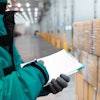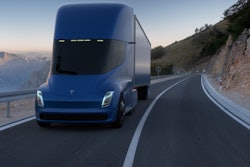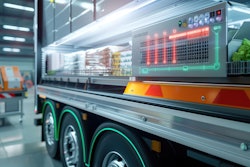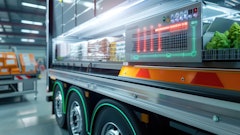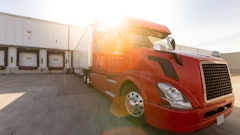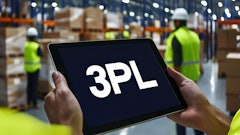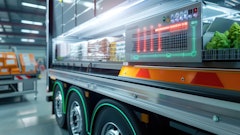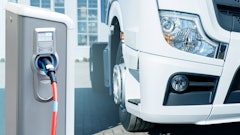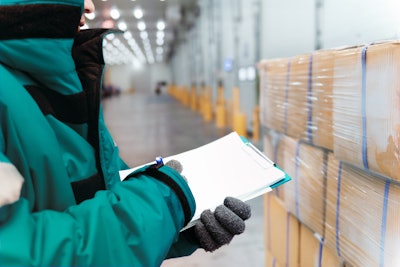
As globalization takes the front row, products no longer go from one place to another; it literally crosses borders. Therefore, transferring the product is no longer the issue. From taking life-saving mRNA vaccines in almost -70°F temperatures to transferring fruits and vegetables to different continents, cold chain logistics is the invisible force that supports the modern world’s necessities.
According to the U.S. Department of Agriculture (USDA), nearly one-third of food worldwide goes uneaten due to rotting, and a significant reason behind this is inadequate temperature control. To adapt to the modern world’s pace, the cold chain logistics industry is also transforming; it's going beyond refrigerated storage, to data-driven, technology-enabled smart ones. Here’s how cold chain logistics is transforming into a better, digitized, and updated version to address future challenges.
What makes cold chain logistics so integral in the modern world?
The cold chain logistics market will experience a huge expansion in the future. According to the International Trade Administration, the global funding for temperature-controlled warehousing is rising due to the massive demand to keep food, pharmaceuticals and agricultural products fresh. Developing countries are one of the major influencers as they make multiple endeavors to modernize their logistics to comply with global transportation laws. Furthermore, the proliferation of IoT-based tracking, blockchain verification, and AI-driven route optimization has changed the way cold chains used to work.
The updated technological tools, including humidity and temperature measurements, provide the data in real-time. These advancements primarily perform two major things: the first is keeping the quality of the product intact, and the second is following the regulatory norms, which are indispensable in industries where quality matters the most. Moreover, worldwide regulatory bodies are coming up with newer and stricter norms that compel cold chain logistics providers to switch to eco-friendly and energy-efficient systems.
Why different industries are strengthening their cold chain game
Although food, agriculture, and pharmaceuticals are the leading users of next-generation cold chain logistics, other industries are also not lagging. Industries, like chemical, industrial, e-commerce, retail, high-tech, and electronics depend on upgraded cold chain logistics systems to improve their product quality.
The food and agriculture sectors specifically are perhaps the oldest yet fastest-evolving adopters of cold chain systems. The Food and Agriculture Organization (FAO) estimates that cold chain expansion could save over 475 million tons of food annually, helping combat global hunger and improve farmer incomes. Major retailers have integrated IoT-enabled cold storage facilities that provide temperature transparency from farm to fork.
In India, the National Center for Cold Chain Development (NCCD) under the Ministry of Agriculture is partnering with private firms to deploy reefer trucks and solar-assisted storage for rural farmers, an initiative expected to reduce post-harvest losses by nearly 40%.
Final thought
Cold chain logistics has evolved from a niche utility into a strategic enabler of global commerce and health security. It bridges the gap between production and preservation, ensuring that quality and safety travel across borders. The juxtaposition of AI, IoT, automation, and eco-friendly endeavors has transformed today’s cold chain logistics into a milestone of modern infrastructure.



